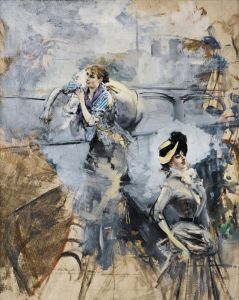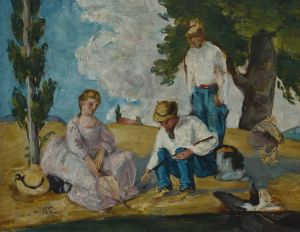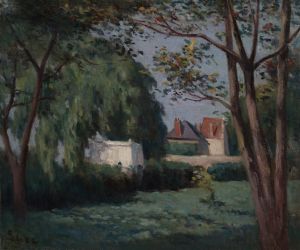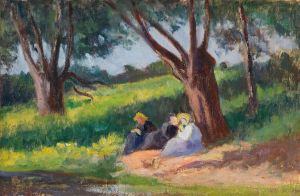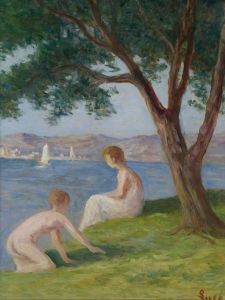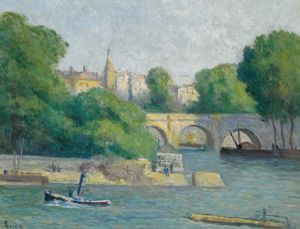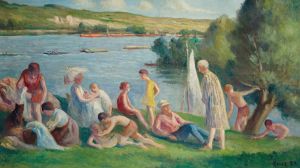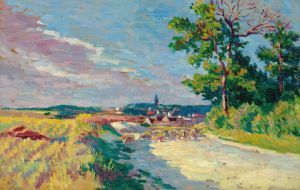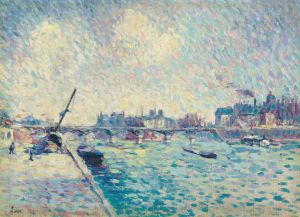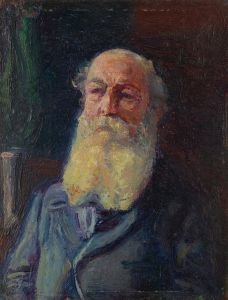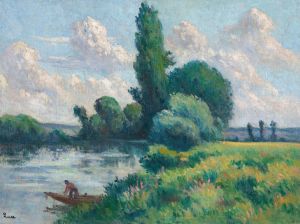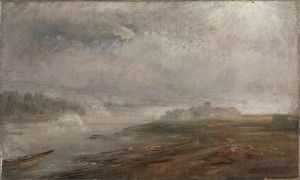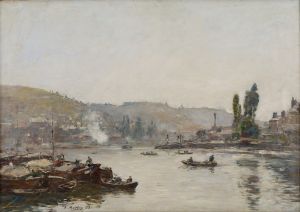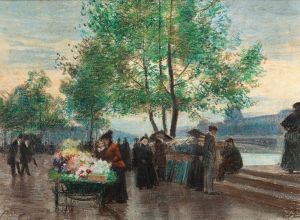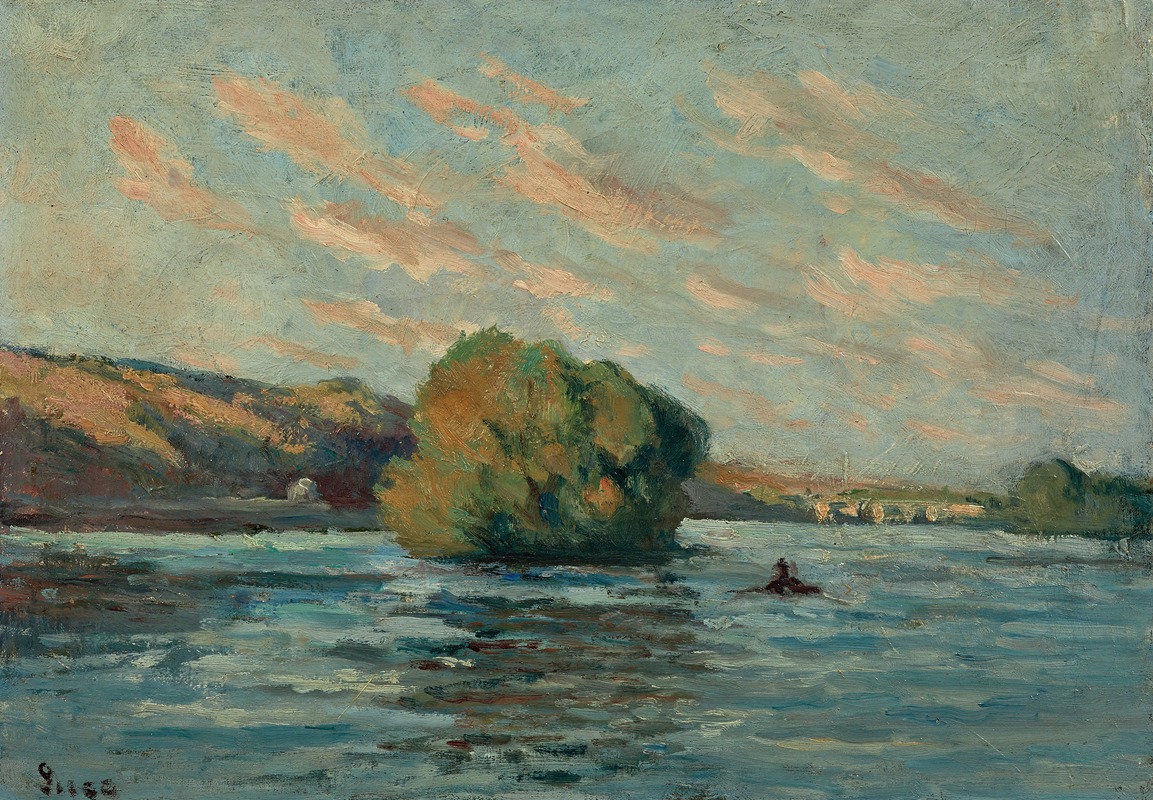
La Seine et l’ïle de Rolleboise
A hand-painted replica of Maximilien Luce’s masterpiece La Seine et l’ïle de Rolleboise, meticulously crafted by professional artists to capture the true essence of the original. Each piece is created with museum-quality canvas and rare mineral pigments, carefully painted by experienced artists with delicate brushstrokes and rich, layered colors to perfectly recreate the texture of the original artwork. Unlike machine-printed reproductions, this hand-painted version brings the painting to life, infused with the artist’s emotions and skill in every stroke. Whether for personal collection or home decoration, it instantly elevates the artistic atmosphere of any space.
Maximilien Luce, a prominent French Neo-Impressionist painter, created "La Seine et l’ïle de Rolleboise" during a period when he was deeply engaged with the landscapes of France. Born in 1858, Luce was initially trained as an engraver before turning to painting, where he became associated with the Neo-Impressionist movement, known for its technique of pointillism and divisionism. This movement was characterized by the use of small, distinct dots of color applied in patterns to form an image, a technique that Luce mastered and employed in many of his works.
"La Seine et l’ïle de Rolleboise" is a landscape painting that captures the serene beauty of the Seine River and the surrounding area of Rolleboise, a small commune in the Île-de-France region. This painting exemplifies Luce's ability to depict light and atmosphere through his meticulous application of color. The Seine River, a recurring subject in Luce's oeuvre, is portrayed with a sense of tranquility and natural beauty, reflecting the artist's deep appreciation for the French countryside.
Luce's work often focused on the interplay of light and water, and in "La Seine et l’ïle de Rolleboise," he captures the shimmering reflections on the river's surface, a testament to his skill in rendering the effects of light. The painting likely features the lush greenery and gentle slopes of the landscape, typical of the region, which Luce would have observed during his travels and stays in the area.
Throughout his career, Luce was influenced by his contemporaries, including Georges Seurat and Camille Pissarro, both of whom were key figures in the Neo-Impressionist movement. Luce's adoption of their techniques is evident in his precise brushwork and his use of color to convey mood and atmosphere. However, Luce also brought his unique perspective to the movement, often infusing his works with a sense of social consciousness and a focus on the everyday lives of people and the environments they inhabited.
"La Seine et l’ïle de Rolleboise" is a reflection of Luce's commitment to capturing the essence of the natural world through the lens of Neo-Impressionism. His works are celebrated for their vibrant color palettes and their ability to evoke the sensory experiences of the landscapes he depicted. Today, Luce's paintings are held in high regard and can be found in numerous public and private collections, where they continue to be appreciated for their artistic and historical significance.
Maximilien Luce's contribution to the art world extends beyond his paintings; he was also an active participant in the political and social movements of his time, often using his art to express his views on social justice and equality. His legacy as an artist is marked by his dedication to both his craft and his ideals, making him a significant figure in the history of French art.





